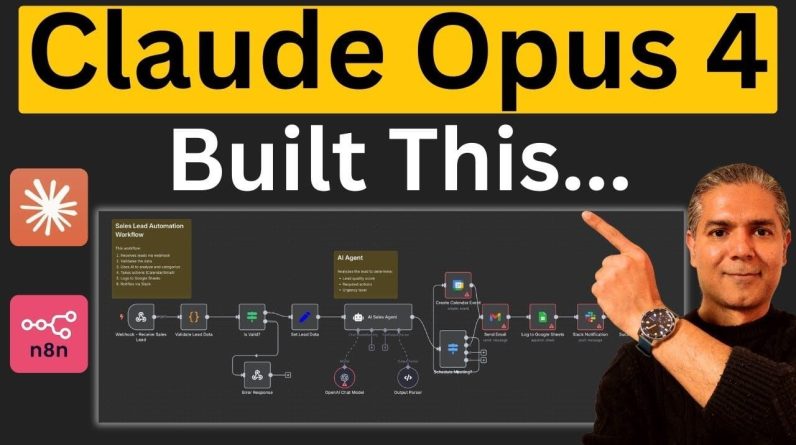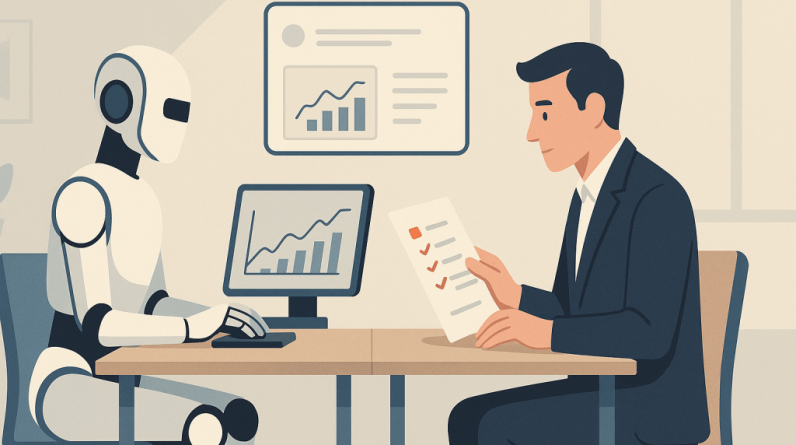Education is the most powerful weapon which you can use to change the world. — Nelson Mandela
The education system has long been the cornerstone of societal progress, but it is not without its challenges. Large class sizes, diverse learning styles, and limited resources often hinder the ability to provide a truly personalized education experience. Enter artificial intelligence (AI), a game-changer poised to revolutionize the educational landscape.
Imagine a classroom where every student’s needs are met, where personalized learning is the norm, and where teachers have the tools to focus on what they do best: teaching.
AI in education is more than just a buzzword; it’s a transformative force that enhances learning and teaching experiences. Much like a skilled conductor orchestrating a symphony, AI harmonizes various educational elements to create a cohesive and dynamic learning environment.
Machine learning algorithms analyze student data to identify learning patterns and predict future performance. This allows educators to tailor their teaching strategies to individual student needs, ensuring that no one is left behind.
One of the most significant benefits of AI in education is the ability to provide personalized learning experiences. Traditional education often employs a one-size-fits-all approach, which can leave some students struggling while others are not sufficiently challenged. AI changes this by offering customized learning paths based on each student’s strengths, weaknesses, and learning styles.
Imagine a student struggling with algebra receiving additional interactive tutorials and practice problems tailored to their specific difficulties, while another student excelling in the subject is presented with more advanced challenges to keep them engaged. This individualized approach helps all students reach their full potential.
AI-powered intelligent tutoring systems (ITS) serve as personal tutors for students, providing instant feedback and guidance. These systems can handle repetitive tasks and answer common questions, allowing teachers to focus on more complex instructional challenges and personalized student interactions.
For example, an ITS can monitor a student’s progress in real-time, offering hints and explanations when they encounter difficulties, much like a dedicated tutor who is always available. This continuous support can significantly enhance the learning experience, making education more accessible and effective.
AI doesn’t just benefit students; it also streamlines administrative tasks, giving educators more time to focus on teaching. Tasks such as grading, scheduling, and even attendance tracking can be automated, reducing the administrative burden on teachers.
Imagine a classroom where grades are instantly recorded and analyzed, where attendance is automatically tracked through facial recognition, and where schedules are optimized to ensure the best learning outcomes. These efficiencies allow teachers to devote more time to planning lessons and interacting with students, enhancing the overall educational experience.
As we look to the future, the integration of AI into education will continue to deepen. The potential for AI to revolutionize how we teach and learn is immense, paving the way for a more equitable and effective education system.
AI’s ability to continuously learn and adapt makes it an invaluable ally in addressing the diverse needs of students. By embracing AI, we are not just enhancing our current educational capabilities but also preparing for innovations that will transform education for generations to come.








